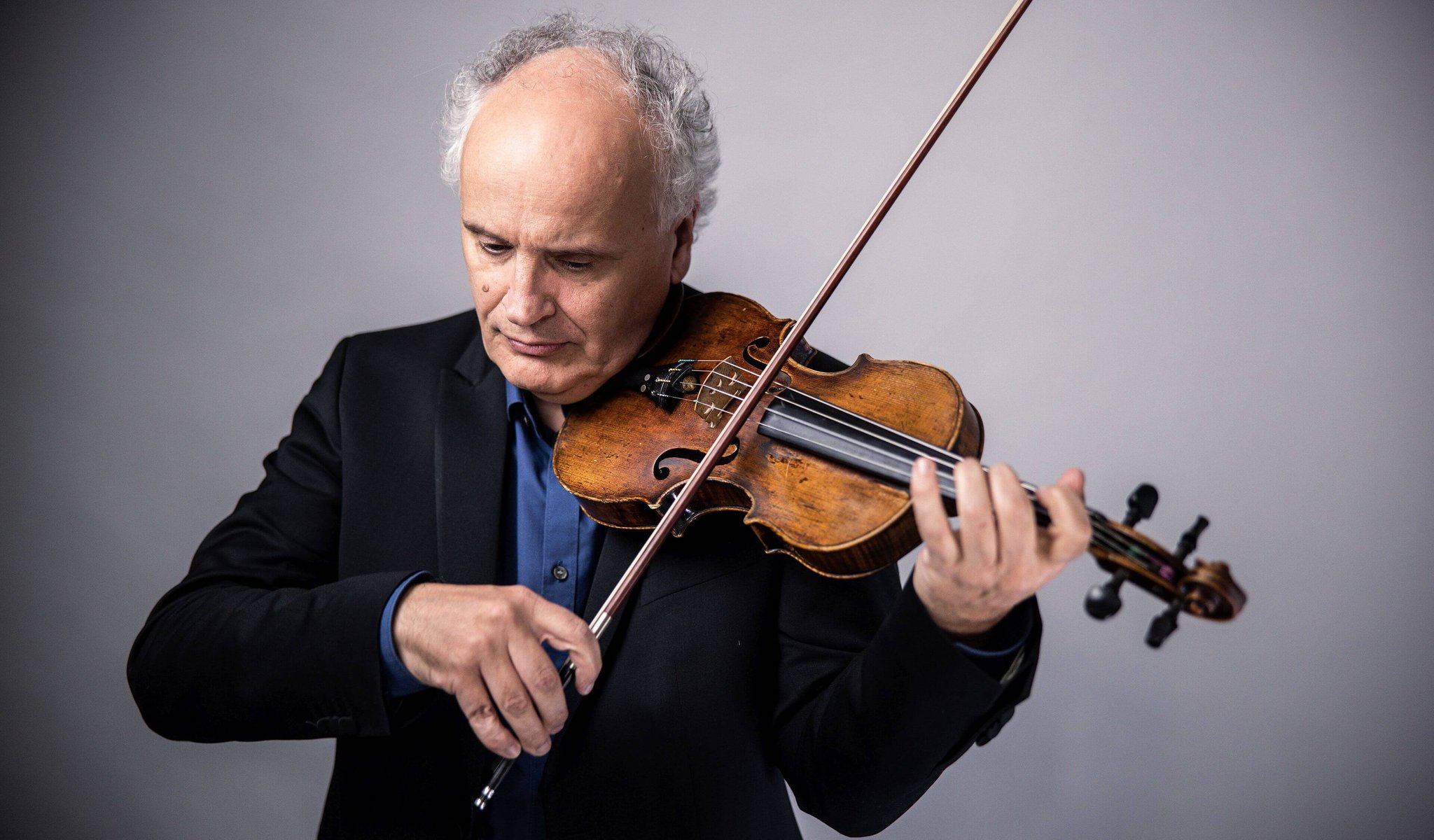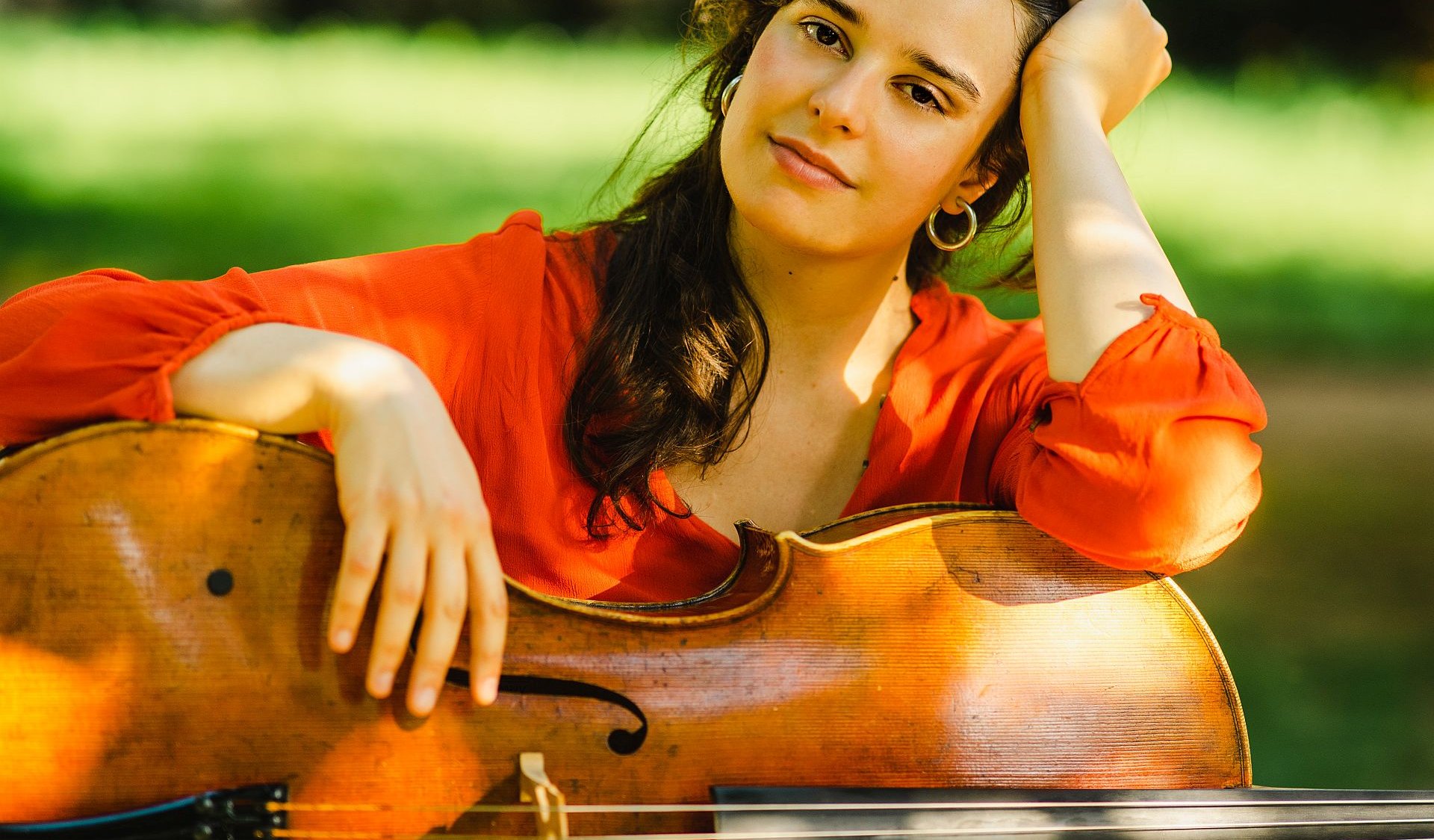

Concertino: Haydn, C. P. E. Bach, Janáček
Hernán Benedí, Pilz
Program
Featuring
Other information
Season tickets
- SZÉLL
The event is about 2.5 hours long.
About the event
Having welcomed spring with a concert, the BFO will ring in the summer and conclude its 2024–2025 set of orchestral performances in Budapest with a line-up in the Concertino series led by János Pilz. The first half of the concert will open with Haydn’s Symphony No. 35, intended as a name-day present for Prince Nikolaus Esterházy, followed by Carl Philipp Emanuel Bach’s cello concerto, a piece showcasing Baroque traditions, composed by a musician who Haydn himself respected very much. The solo will be performed by Madrid native Alma Hernán Benedí, a winner of the 2024 Sándor Végh Competition, who has already conquered the stages of the Elbphilharmonie and the Musikverein in Vienna. The program continues after the intermission with Janáček’s second important orchestral achievement. The piece reflects the inspiration of Dvořák’s music, but also shows off several exciting elements of what makes the Czech composer’s works so loveable.
When Nikolaus “The Magnificent” Esterházy returned from his trip to Paris in December 1767, Haydn welcomed him with a magnificent and sweeping orchestral work. His Symphony No. 35 has neither a nickname nor a program-like component, but it does incorporate Haydn’s own humor and sophistication. The unusually Italian-like melody of the opening movement becomes increasingly tense as the music shifts to a minor scale, a friendlier tone eventually returning with the help of the horn. Without wind instruments, the slow movement features a charming melody infused with unexpected syncopations. The minuet’s most characteristic motif is its triplet upbeats, which also serve as the foundations of the trio. Haydn has a major surprise in store for the audience at the very end of the finale: the movement concludes with a rising, almost questioning version of its opening motif.
Johann Sebastian’s second and most famous child, Carl Philipp Emanuel Bach, produced harpsichord and flute versions of all three of his cello concertos. The piece in A minor was completed in 1750 in Berlin. Incorporating a ritornello, the first movement fuses elements of the Baroque period – which was nearing its end – with a kind of proto-Sturm und Drang style. The music is characterized by an unusual time signature, a stormy character, and sudden outbursts and rests. The slow movement displays elements of the gallant style: the orchestra and the soloist pass the song-like theme to one another, although Bach casts a stone into the pond when he expands the timid music into a dramatic dialogue. The finale continues the resolute and thunderous tone.
Brno was home to a special concert on December 15, 1878: Janáček, twenty-four at the time, led his own ensemble entitled Beseda. Seated in the audience was one of his most important role models, Dvořák. The two composers had already become close friends, and this relationship left a clear mark on Janáček’s music. Idyll, included in the program, is infused with Dvořák’s style and, in a broader sense, Czech and Moravian folk music. The suite had five movements at the time; in 1880 it was expanded to seven. The music portrays Dvořák’s bittersweet tone, an airiness with unmatched pulsating, sorrowful strings, a world of serenades, a tragic dumka and Slavic dance music; even so, it also incorporates Mendelssohn’s dignified melancholy and Handel’s counterpoints. Among the movements are ones we might remember as movie soundtracks.
Did you know? Haydn composed his Symphony in 1767; C. Ph. E. Bach’s Cello Concerto was composed in 1750; Janáček’s Idyll premiered in Brno on December 15, 1878; this will be the first performance of the three pieces by the Budapest Festival Orchestra.
Contemporary events: Czech composer Josef Mysliveček’s opera Il Bellerofonte premiered in Naples on January 20, 1767 / Maria Theresa issued her Urbarium in 1767, regulating the size of socages (tenant farmland) and spelling out the services to be proved by serfs to lords / French painter Jean-Honoré Fragonard painted his depiction The Swing in 1767 / Westminster Bridge was inaugurated in London in 1750, the work of Swiss-born engineer Charles Labelye / German composer Johann Adolph Hasse’s opera Attilio Regolo premiered in Dresden on January 12, 1750 / Russian author Leo Tolstoy’s novel Anna Karenina was published in 1878 / Austria-Hungary, Germany, France, Great Britain and Ireland, Italy, Russia and the Ottoman Empire signed the Treaty of Berlin on July 13, 1878 / German social scientist Friedrich Engels published his work Anti-Dühring, laying the foundations of Marxist theory, in 1878 / French painter Édouard Manet painted his picture The Rue Mosnier with Flags in 1878
